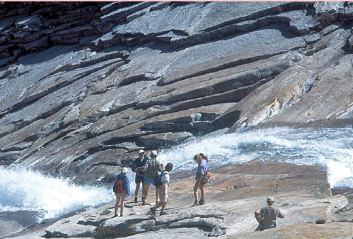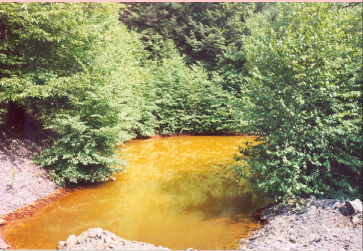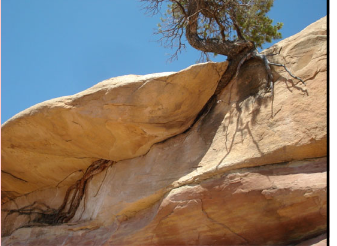Weathering
1/17
There's no tags or description
Looks like no tags are added yet.
Name | Mastery | Learn | Test | Matching | Spaced |
|---|
No study sessions yet.
18 Terms
Define weathering
Weathering is the alteration/destruction of rock/mineral material by chemical processes
What are the main types of physical weathering?
The main types of physical weathering include: jointing, frost wedging, root wedging, salt wedging, thermal expansion, animal attack, and wind abrasion
Explain frost wedging. Why is the density of ice significant in this process?
Frost wedging occurs when water freezes in cracks and expands by about 8.3% because solid water (ice) is less dense (0.9167 g/cm³) than liquid water (0.9998 g/cm³ at 0 °C)10 . This expansion exerts pressure, causing rocks to break
Describe root wedging.
Root wedging happens when tree roots expand as trees grow, widening cracks in rocks...
What is salt wedging and in what environments is it common?
Salt wedging is the growth of salt crystals in pores and fractures of rocks, exerting pressure and causing breakdown11 . It is common in arid climates (evaporative precipitation) and coastal zones (salt spray)
What are the main types of chemical weathering?
The main types of chemical weathering are: dissolution, hydrolysis, oxidation, hydration, and biochemical weathering
Explain dissolution in chemical weathering and give examples of minerals readily dissolved
Dissolution is when minerals dissolve into water8 . Salts and carbonates are most easily dissolved12 . Dissolution can be accelerated by acidic water, such as water containing carbonic acid (H2CO3 formed from H2O + CO2)
Describe hydrolysis as a type of chemical weathering
Hydrolysis is when water reacts with minerals, breaking them down to form new minerals and releasing ions into solution12 .... This process contributes to the salinity of oceans
What is oxidation in chemical weathering?
Oxidation is when elements lose electrons, often involving a reaction with oxygen
Explain hydration as a chemical weathering process
Hydration is the absorption of water into the crystal structure of minerals, which causes the minerals to expand
What is biochemical weathering?
Biochemical weathering is weathering caused by biologic activity, such as organisms secreting organic acids that break mineral bonds
Why are minerals that form closest to surface conditions more stable at the surface?
Minerals that form closest to surface conditions are most stable because they are already adjusted to the temperature and pressure conditions at the Earth's surface
How do physical and chemical weathering processes interact?
Physical weathering increases the surface area of rocks, making them more susceptible to chemical weathering
In what types of climate would frost wedging be most effective?
temperate

This is a picture of
exfoliation joints

This picture is an example of what type of weathering?
Dissolution
Hydrolysis
Hydration
Oxidation

This picture is an example of what type of weathering?
Root Wedging
Susceptibility to weathering
Minerals that form closest to surface conditions are most stable at surface condition